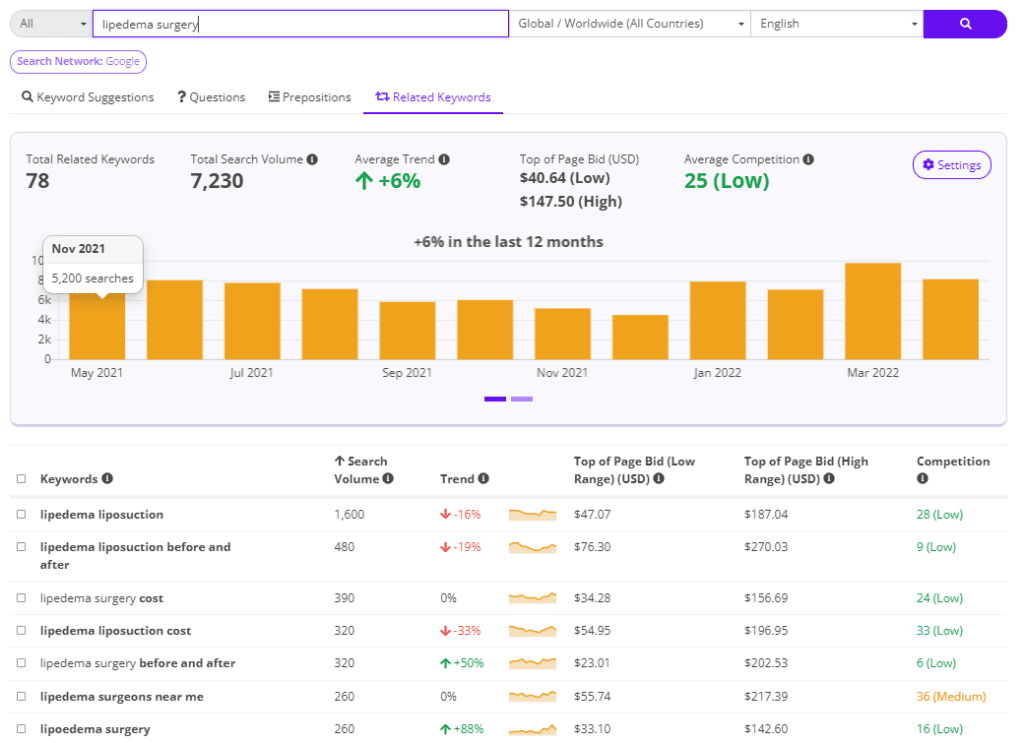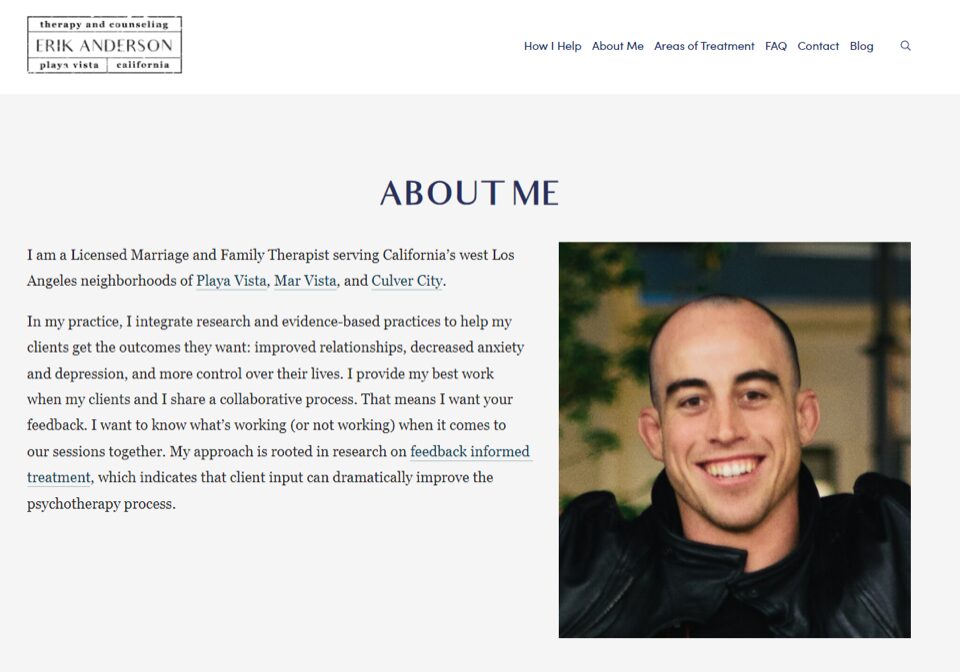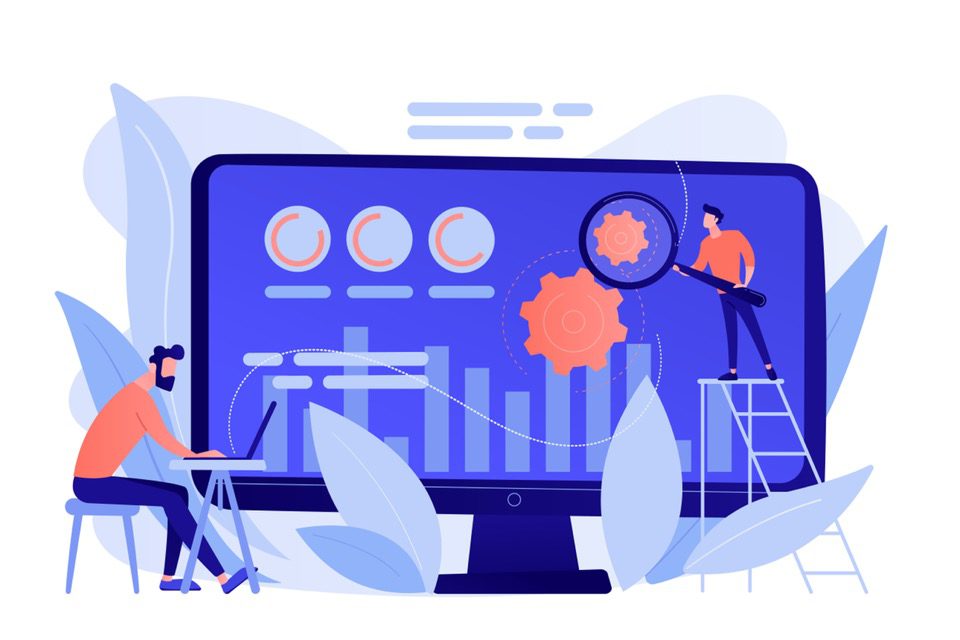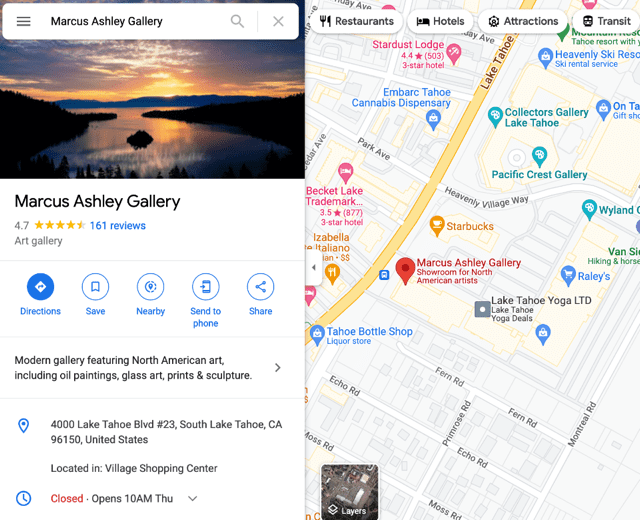
When you’re planning your marketing strategy, it’s common for business owners to wonder, “How long does SEO take to show results?” Businesses want to see an immediate impact on their marketing investment, but SEO isn’t like paid ads, where the results can be seen as soon as the ad campaigns are turned on. It takes time to build SEO success.
If you’re impatient and wonder if your SEO efforts are even worth it, you need to take a longer-term perspective. Search engine optimization rarely delivers immediate results, but it is absolutely worth your time.
If you choose speed over sustainable growth, those tactics might hurt you in the long run. Google and other search engines are automatically suspicious of any website that has a sudden increase in search rankings, as it’s likely that black hat tactics are responsible. They will be vigilant to identify any use of black hat SEO, and you may find your site is penalized.
Many factors can affect your SEO results. The length of time it takes before seeing significant results depends on the authority and age of your site, any penalties hindering your ranking, and many others.
This blog post will answer the question “how long does SEO take to work?” and break down the key factors that impact the time it takes to see significant results from your SEO strategy.
Table of Contents
- 1 How Long Does SEO Take to See Results?
- 2 Why Is SEO Such a Lengthy Process?
- 3 Expected SEO Timeline
- 4 Factors That Determine How Long SEO Takes To Work
- 5 Conclusion
How Long Does SEO Take to See Results?
Most SEO experts believe that it takes at least six to nine months to begin seeing results from your SEO strategy. Typically, after six to nine months, you may start to see an uptick in organic traffic and conversions, and with continued SEO efforts, you should continue to see growth over the following months and years.
Once you’ve optimized your content and website, you’ll provide visitors with a better user experience. You’ll also leverage the power of organic search; most businesses get the majority of their traffic from this source. SEO is more cost-effective in the long-term than other marketing strategies because evergreen content can continue to rank for many months and years ahead.
Why Is SEO Such a Lengthy Process?
Even if you do everything correctly, it’ll still take some patience for your SEO efforts to show results. Here are a few reasons why it takes so long for SEO to show results:
- Creating high-quality content that matches the search intent of important keywords is time-consuming.
- Google prefers “proven” content with signals such as backlinks or social media attention that show it’s popular.
- Google-approved link-building techniques where you earn links by creating high-quality content take a lot of time to produce, and others validate the quality through metrics like bounce rate, time spent on a page, etc.
- Google will need to crawl, re-index, and reconsider your page rankings for any pages you optimize.
- Building brand authority also takes time.
The bottom line is that you won’t be able to rush the process.
Any SEO service that provides short-term link building is usually offering low-quality links from a private blog network. Even if you do see short-term benefits, there’s a high risk of getting penalized.
Ranking a new website into the top ten results on Google can take a long time, up to multiple years, especially if you don’t do everything right. According to Ahref, the average page in the first position of SERPs is more than two years old. And over 94% of first-page results are older than a year. Of the 5.7% of pages that have ranked within a year, the vast majority reached the first page in two to six months.
A significant contributing factor to ranking quickly is having a high domain rating. This essentially means your domain has plenty of backlinks from relevant sites in its category. It’s a clear indicator of trust and authority on the internet.
Expected SEO Timeline
Every website is unique in that ranking well depends on your industry, expertise, and the keywords you’re ranking for. However, by understanding what to expect during the early stages of SEO development, you can understand the steps required to rank and how long SEO takes.
Month 1 – Research and Planning
SEO on any new website begins with research. You’ll need to research your industry and niche, your competitors and the keywords they’re ranking for, and how your site is currently positioned in the marketplace.
Keyword Planning

Your SEO keywords are the terms in your web content that make it possible for searchers to find your site through search engines. A well-optimized website for search engines uses the same terms its visitors are using. It helps connect searchers to your site. Keywords are essential to rank on search engines.
You need to know how people search for your products, services, and information to make it easier for them to find you. Keywords and SEO are directly connected to running a successful marketing campaign. That’s why developing the list of keywords you want to target is one of the first and most important steps in any search engine optimization initiative. Keywords are foundational for your other SEO activities; it’s imperative to ensure your SEO keywords are highly relevant to your audience. Choosing the right keywords will help reduce how long it takes for SEO to work.
Website Audit

A website audit examines page performance before any search engine optimization (SEO) or website redesign is done. Auditing your website determines whether or not it’s optimized to achieve your traffic goals and, if not, how you can improve your site to increase performance.
Website audits usually evaluate a site not only for its content but also for its technical performance. As a result, an audit will allow you to inspect the robustness of your website’s technical infrastructure and framework, assess how friendly your site is to search engines, and determine how easy it is for users to find content on your website intuitively.
By performing a website audit, you’ll be able to identify any missed SEO opportunities and remedy any misguided or poorly executed SEO attempts such as keyword stuffing and exact match anchor text links throughout the content of your website. Starting out with a strategic plan will help you reduce how long SEO does take.
Month 2 – Technical SEO
If you’re not tech-savvy, technical SEO may seem overwhelming, but it’s essential to your SEO campaign. Technical SEO helps to answer some of the following questions:
- Can the search engine crawl or explore my site easily?
- Does my site adapt for mobile users?
- Can my pages be easily indexed?
- Do I have fast page load times?
- Is my content structured optimally and efficiently in a natural hierarchy?
- Are there web pages that are causing index bloat?
If you have some experience with CMSes, you’re already familiar with basic technical SEO factors. For you, the learning curve for technical SEO is much less than it is for someone who has never dealt with a CMS. However, if all of this is way over your head, hiring an SEO agency to handle the technical aspects of SEO is well worth the investment.
Month 3 – Content Creation

SEO content creation is the foundation of any organic marketing campaign. It’s impossible to rank a website without content. Content writing involves creating content that ranks higher among its competitors. This includes quality content with proper structure, internal links, references, and visual content. The primary factors to consider in SEO content are keywords, structure, and organization. SEO-optimized content helps Google determine the quality of the website and make it accessible to relevant users. Content creation should begin as early as possible in the campaign to reduce how long your SEO campaign takes, as it takes time to build rankings. If you began producing content in month one, you may begin to see initial results as early as three months later.
Search engines can use various user experience metrics like average session duration and bounce rate to determine the quality of the page. For example, if they bounce quickly, there’s a good chance your site didn’t provide what they’re looking for. The diversity of content allows you to appeal to various audience segments. You can add many different types of SEO content to your website:
- Blog posts: Typically, articles between 1,000 and 2,500 words rank higher than others because they keep readers on pages for more extended periods. Breaking up your content with headings and providing thorough answers to commonly asked questions are especially likely to help rankings. Longer blog posts tend to answer questions more in-depth, which gives users more knowledge about a particular topic.
- Articles: Newsworthy pieces of writing that would likely be in a newspaper or magazine.
- Listicles: Listicles are great for naturally including a variety of keywords and are easy to navigate. Examples of listicles are “7 best travel destinations” or “10 best office chairs for back pain.”
- Guides and Pillar Pages: These will likely be much longer than a blog post and will seek to answer a more involved question. This content can be contained in one page or separated into multiple pages.
Month 4 – Link Building
As you’re writing and publishing content, you’ll want to spend time promoting your content. It takes time for others to find your content and link back to them. You should work proactively to contact other websites and encourage them to link to your site through guest posting.
Links are the currency of the web. Links from other sites are like votes that help search engines identify which page on a given topic deserves to be ranked at the top of the search results. Websites with plenty of links are deemed “authoritative” and are rewarded with high rankings on Google. Sites with few or no links are bound to be obscure on the interwebs.
There’s no single optimal approach to link building, and your choice of tactics will largely depend on your industry, website, resources, and goals.
Link building is the strategic process of getting other websites to link to pages on your website. The purpose is to boost the authority of your pages in the eyes of search engines so that your pages rank higher and bring more organic traffic. The more quickly you build high-quality backlinks, the less long it will take for SEO to work.
Most white hat link building strategies come down to two simple steps:
- Create notable content that others deem link-worthy
- Expose your content to webmasters with high-authority websites so they can link back to your site.
According to Google’s Andrey Lipattsev, links are a crucial ranking factor on Google. Thus, if you’re looking to rank high in SERPs, you need backlinks from authority sites.
Month 5 – Social Media Engagement
Social SEO refers to social media as an indirect tool to increase your search visibility and organic search ranking.
While social media doesn’t directly impact SEO, the social signals such as likes, comments, and shares generated from visitors sharing your content on social media channels contribute to building trust, driving brand awareness, and exposure, all of which indirectly help boost your online visibility and traffic.
Also, the links you share across social media platforms increase brand exposure. They can influence search engine optimization in the following ways:
- Longer lifespan of your posts
- Improve online visibility and organic traffic
- Enhance brand reputation
- Boosts local search engine optimization
- Extensive content distribution
- Increase brand recognition
The likes, shares, and comments your blog posts receive are important social signals that Google uses to rank your website.
Month 6 – Conversion Rate Optimization and Continued SEO Effort

Once you’ve put content out there and received backlinks, you will need to analyze the results to improve your conversion rates. Conversion rate optimization increases the percentage of website visitors who take desired actions, such as filling out a form or becoming customers. While optimizing for conversion doesn’t directly improve search engine rankings, it does indirectly impact several metrics that affect rankings and the success of an SEO initiative.
Improved Website Usage
Optimizing for conversion helps you increase page views and time on site. That’s because visitors more effectively connect with the content that they’re searching for.
Increased Social Activity
Higher social activity is correlated to a visitor’s experience, often a conversion or sale. Aligning a website better with visitors’ needs will increase the frequency of positive website experiences, which will encourage your customers to share your content with others on social media to drive more traffic.
Better Performing Title Tags and Descriptions
Title tag and meta description optimization is a crucial component of any SEO campaign. Improving your title tags and meta descriptions is an important way to demonstrate your relevance for key search terms. As you rank higher in SERPs, you’ll gain more visitors who are interested in your content.
Factors That Determine How Long SEO Takes To Work
When it comes to how quickly you can see results, there are various factors to take into account. Here are a few elements that determine a website’s SEO success:
- keywords and search phrases
- domain name
- business and location
- content
Keywords and Search Phrases
Keywords are what drive relevant traffic to your website. You need to create content that directly answers what your consumers are searching for. When keyword optimization is done properly, it allows you to find quality visitors for your business or blog.
SEO-Optimized Content
Your content needs to be exceptional to limit how long it takes for SEO to work. It needs to be relevant and well-written so that users can gain value from it and Google can properly rank it. If a website doesn’t receive enough traffic, the primary culprit is that it is poorly written or not properly optimized for SEO.
Domain Name
While not always necessary, having the right domain name can help to improve your search rankings. If it’s available, using your business name as your website’s domain name helps customers find you easily. It can also help search engines index your pages easily and showcase your store to people looking for your products.
Google Business Profile

Every local business should claim their business on Google to help potential customers verify the legitimacy of your business. 97% of consumers find local businesses through search, and 46% of all Google Searches are local. By adding a location, it’s easy for people to find your local business on search, opening doors for you to acquire new visitors and customers.
For instance, let’s say you are a hair & beauty Salon in New York. When you set a location for your business, whenever anyone in that area searches “salons in New York City,” your business’s website should come up.
Conclusion
Ranking on search engines is an attainable goal. With the right strategy, planning, and execution, it’s realistic to achieve results within a year.
Just remember that SEO does take time to work. The faster you can implement all the right tactics, the faster you’ll see results. Rather than relying on trial and error, Coalition Technologies offers SEO services to help you shortcut your learning curve and ensure you see SEO success faster. Contact us today for more details about how long SEO takes or to learn how we can help you!


